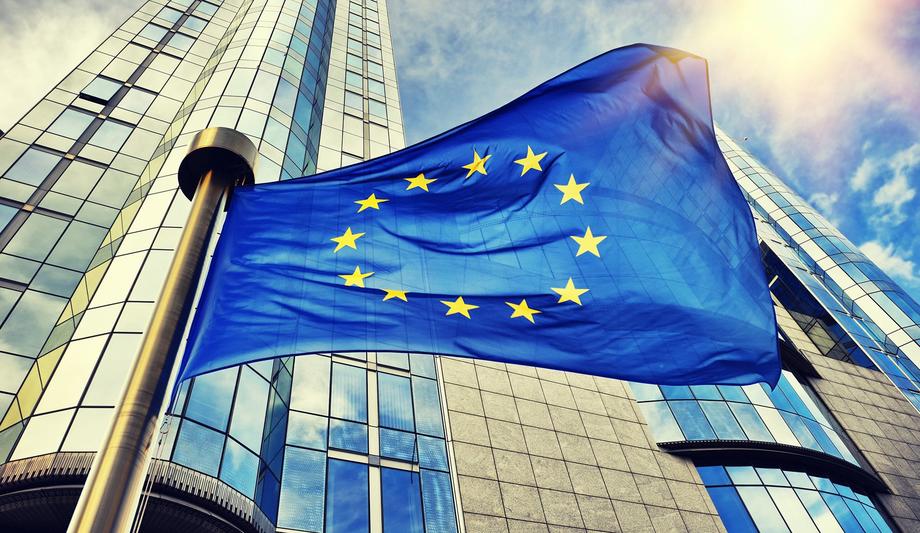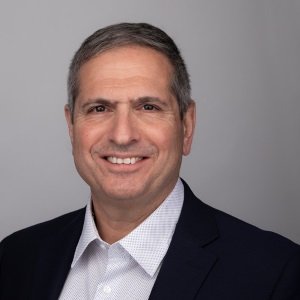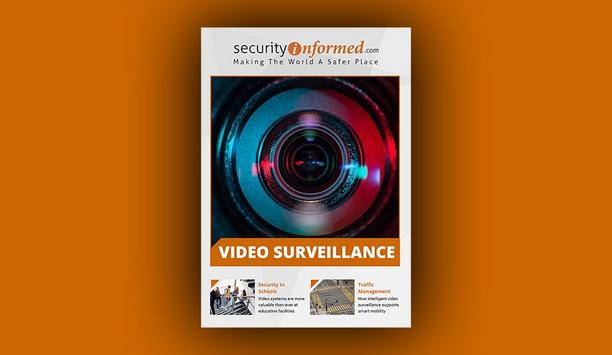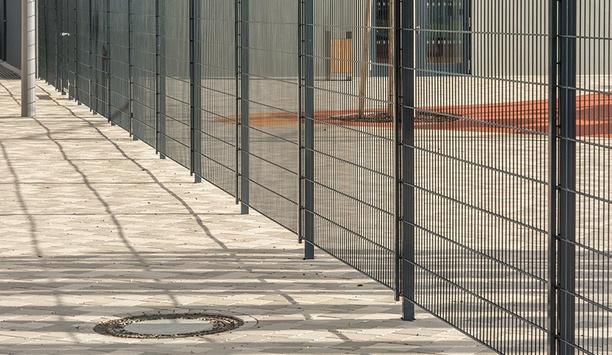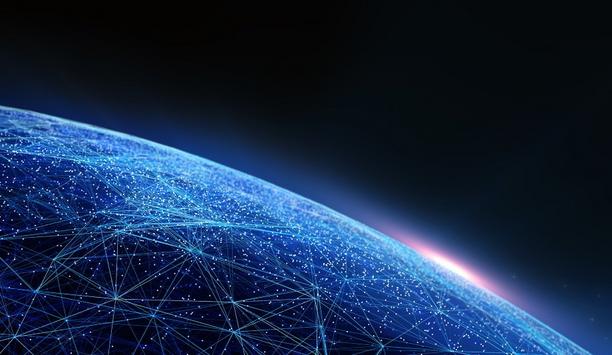Recently, the European Parliament called for a ban on police use of facial recognition. In the US, too, some cities have restricted police use of facial recognition. The first question that comes to mind is - why ban police from using technology that is allowed to private companies?
Point of difference
The key difference between the way police use facial recognition and the way commercial facial recognition products work is that: The police get a picture of a suspect from a crime scene and want to find out: "Who is the person in the picture?" That requires as wide a database as possible. Optimally - photos and identities of all the people in the world.
Commercial facial recognition products such as those used by supermarkets, soccer stadiums, or casinos answer different questions: "Is the person in the picture on the employees' list? Is the person in the picture on a watch-list of known shoplifters?"
To answer these questions doesn't require a broad database but rather a defined list of employees or a watch-list of specific people against whom there is an arrest warrant or a restraining order.
Use of facial recognition
AnyVision helps organizations leverage facial recognition ethically to identify known persons of interest
"Facial Recognition Apps Should Be Provided to the Police with an Empty Database". This is exactly the subject of the open letter sent by AnyVision, to the British Biometrics and Surveillance Camera Commissioner, Prof. Fraser Sampson, titled: "Facial Recognition Apps Should Be Provided to the Police with an Empty Database".
AnyVision recently raised $235M from Softbank and another leading VCs is a visual AI platform company that helps organizations across the globe leverage facial recognition ethically to identify known persons of interest, including shoplifters, felons, and security threats.
Ethical use of facial recognition
AnyVision CEO Avi Golan wrote, "The ethical use of facial recognition is a thorny one and requires a nuanced discussion. Part of that discussion has to explain how facial recognition works, but, just as important, the discussion must also involve how the technology is used by police departments and what checks and balances are built into their processes.”
“We recommend building their watchlists from the ground up based on known felons, persons of interest, and missing persons. Some facial recognition solution providers have scrapped billions of photos and identities of people from social networks, usually without their consent."
"Unfortunately, this method of facial recognition has justifiably angered privacy groups and data protection agencies around the globe and damaged the public trust in accuracy and reliability of facial recognition systems.”
Preventing invasion of citizen’s privacy
We believe an unjustified invasion of citizens' privacy can be prevented, false arrests can be reduced"
“We believe that lists of suspects should be limited and justified. In this way, unjustified invasion of citizens' privacy can be prevented, false arrests can be reduced and public confidence in technology can be increased.”
Golan added: "AnyVision is willing to share its industry insights and best practices from our vast research experience with leading global players, including name-brand retailers, global hospitality and entertainment companies, and law enforcement agencies from around the world.”
Balancing public order and Crime prevention
“If the regulations set forth by Surveillance Camera Code of Practice are committed to the principles outlined above, then law enforcement agencies can strike the right balance between the need to maintain public order and prevent crime with the rights of every person to privacy and non-discrimination before the law."
Recently Clearview AI CEO told Wired; the company has scraped 10 billion photos from the web - 3 times more than was previously known.
